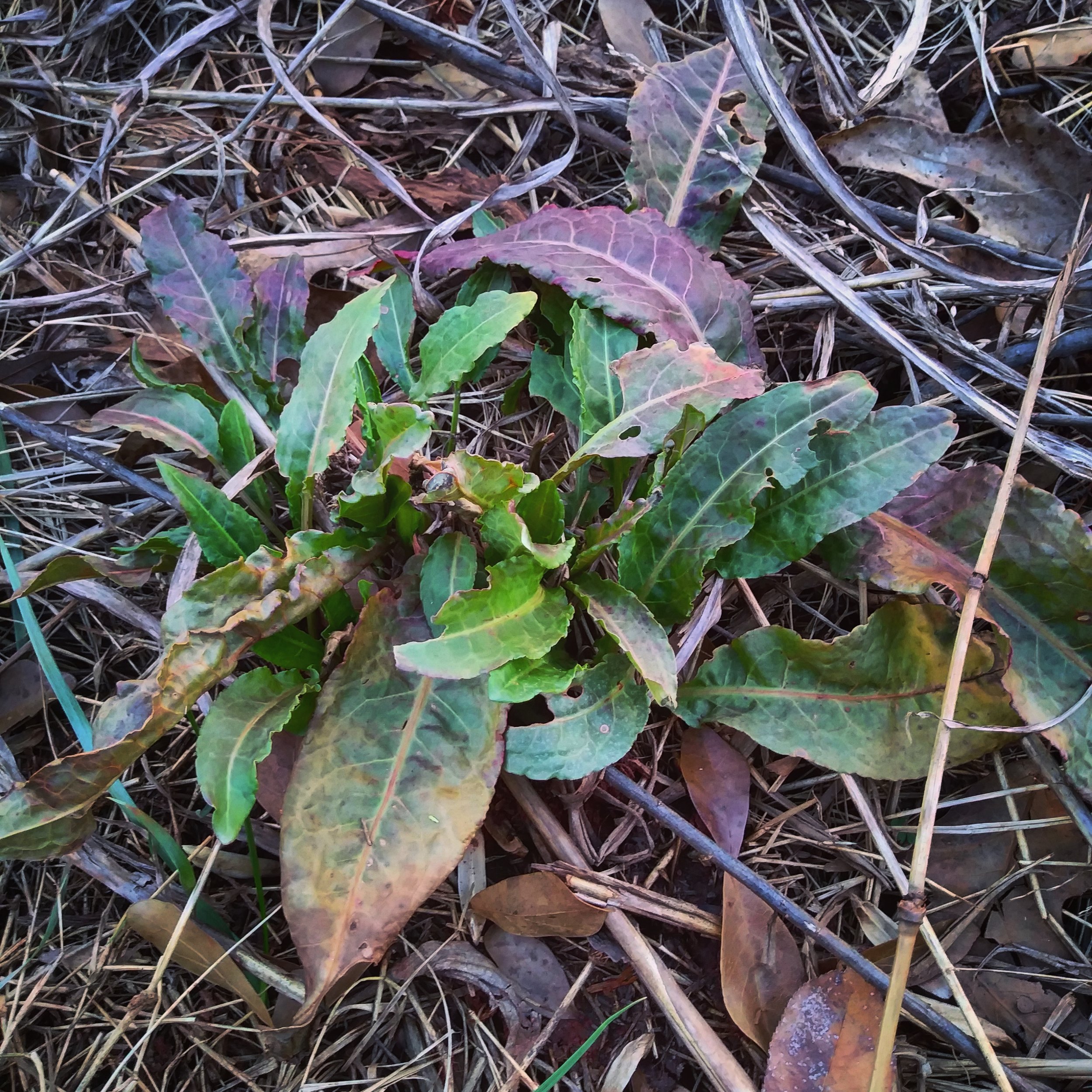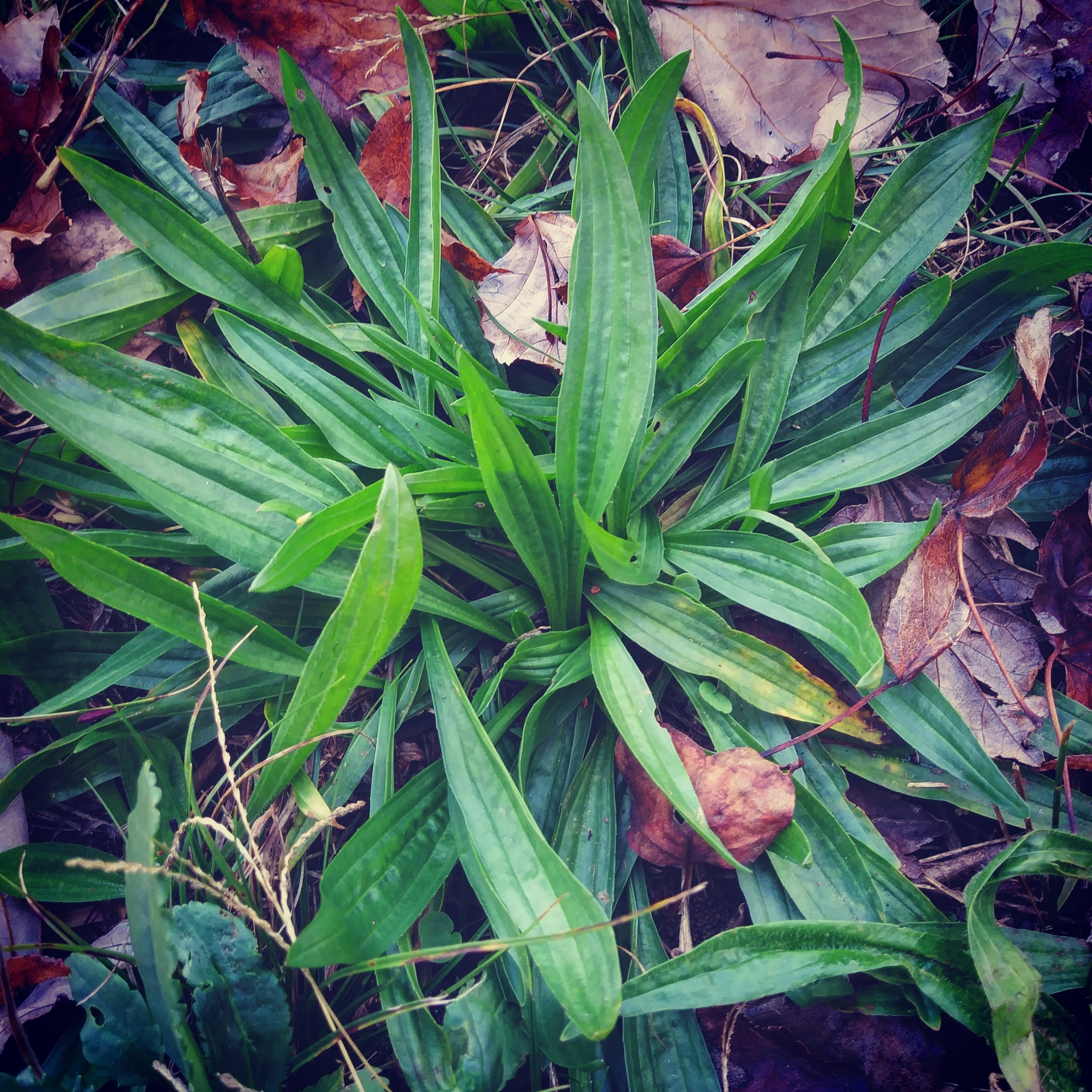The fact that these plants are valuable as wild edibles and medicinals are evidence that God doesn’t create anything without a purpose, and that everything that grows in the forests and fields has a use… because I absolutely despise them.
Read more#WildEdibleWednesday 7/25 - Maypop Passionflower
“Before all children everywhere became locked on iPad screens, kids in the country used to have fights with green maypops. They’re a uniform shape and easy to throw accurately, and they raise a good welt if you throw them hard. They make an awesome hand grenade if you’re nine years old and have an active imagination. (I may or may not be speaking from experience.)”
Read more#WildEdibleWednesday 5/16 - Wood Sorrel
“In an ironic twist of fate which we find highly entertaining, some of the fanciest restaurants in New York, L.A., Atlanta, and elsewhere serve wood sorrel as a garnish or a dish to complement meals that would be worth a few day’s pay for us.”
Read more#WildEdibleWednesday 3/21 - Common Blue Violet
Violets have a long association with the coming of spring in various cultures throughout the world, which is not surprising as they’re one of the first flowers to brave the cold and bloom out in late winter.
Read more#WildEdibleWednesday 3/14 - White Clover
"The shamrock became a symbol of rebellion, worn proudly by Irish freedom fighters attempting to throw off the oppressive English rule... a three-leaved middle finger to the British Crown for the whole world to see."
Read more#WildEdibleWednesday 2/28 - Chickweed
"Chickweed is just another example of how the most valuable plants in your yard are probably the ones you’ve been trying to kill. Along with plantain, oxalis, lamb’s ear, burdock, dandelion, and many more, there’s a whole salad bar and pharmacy right outside your front door."
Read more#WildEdibleWednesday 1/31 - Creeping Cedar
"The first fossil records we have of this species are from the Carboniferous period, about 400 million years ago. Remains of this exact plant are being burned as coal this very day."
Read more#WildEdibleWednesday 1/24 - Wild Horseradish
"There is a compound called allyl isothiocyanate present in horseradish that is toxic to most bacteria, meaning that questionable or even outright spoiled meat could be cooked with horseradish and be considered reasonably safe to eat, and the pungent flavor would mask the taste."
Read more#WildEdibleWednesday 11/22 - Red Oak
"In fact, as we celebrate Thanksgiving tomorrow… we should take a moment and remember that it was probably Indian-style acorn bread that the Separatists and Puritans of the Plymouth colony broke together with their Wampanoag allies in the very first Thanksgiving feast… a celebration of the American power to PREVAIL against all odds."
Read more#WildEdibleWednesday 11/15 - Narrowleaf Plantain
"Some plant species have suffered from the spread of humans. Some have benefited immensely. Plantain is in the latter category. In fact, plantain really owes its success, and arguably its existence, to the spread of humans."
Read more#WildEdibleWednesday 10/25 - Yellowroot
My grandmother still remembers the recipe she and her siblings were forced to take as kids any time they were sick: Start with high-proof moonshine. Mix in yellowroot extract, local honey, and peppermint oil. Heat it up hot, and take two tablespoons. It feels like swallowing fire, but it’ll clear a sore throat and cough right up.
Read more#WildEdibleWednesday 9/27 - Eastern Blazing Star
"There are not many prettier sights in the South than walking through an open field while hunting or gathering and seeing these tall, showy flower stalks shooting out of the broomsedge like purple fireworks."
Read more











